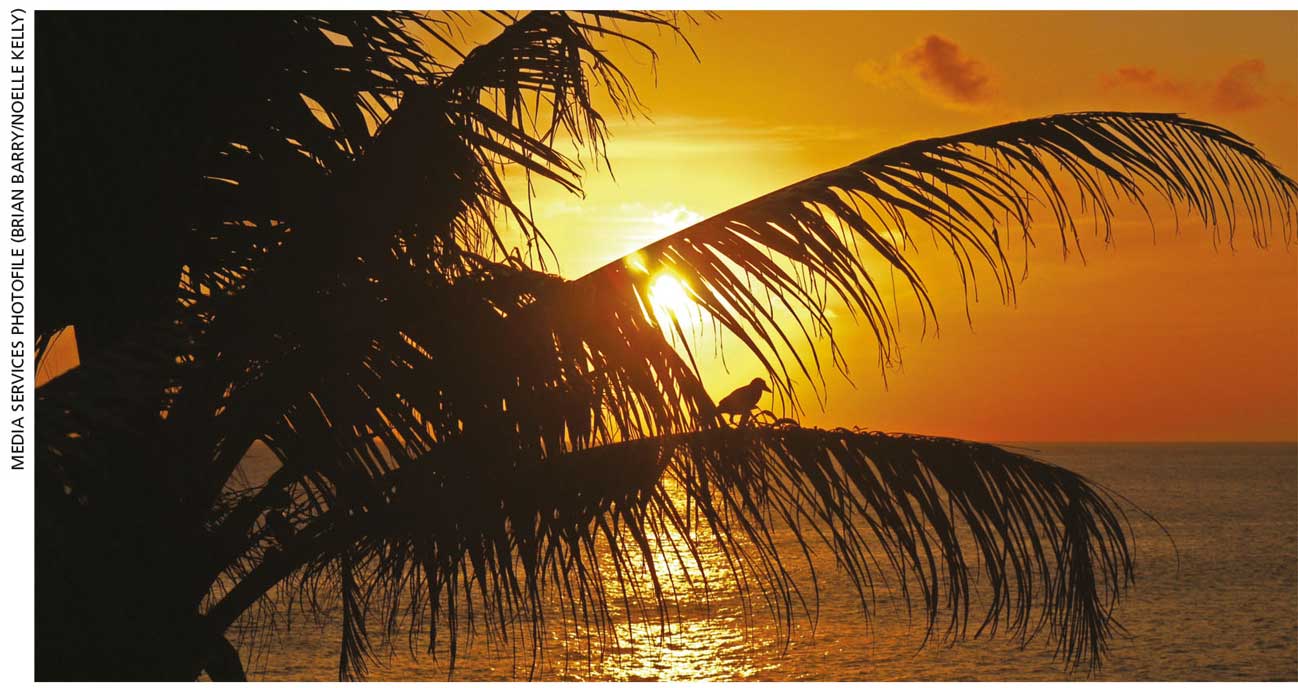TOURISM INDUSTRY

POST-PANDEMIC TOURISTS
There needs to be a far more holistic approach to tourism – Janaka Perera
The tourism industry is among the worst affected as a result of the COVID-19 pandemic. How soon it can recover is in the hands of each country, regardless of the crisis – and Sri Lanka is no exception.
 Sri Lanka was on its way to recovery in less than a month after the civil war ended in May 2009. The next blow came almost 10 years later, following the 2019 Easter Sunday carnage. Yet, the industry was able to raise its head with difficulty despite the gloomy picture painted by many.
Sri Lanka was on its way to recovery in less than a month after the civil war ended in May 2009. The next blow came almost 10 years later, following the 2019 Easter Sunday carnage. Yet, the industry was able to raise its head with difficulty despite the gloomy picture painted by many.
However, the threat the industry has faced since March last year is worse than any in the past.
We have not seen a crisis of this magnitude in our lifetime. It has hit not only those directly employed by the tourism industry but others who are indirectly employed as well – for example, suppliers of fresh produce, meat, fish, poultry, cereals and consumables to hotels; masons, electricians and plumbers; and those who provide ancillary services to hotel customers such as taxi drivers.
In addition, there are shops and emporia that sell handicrafts, handloom fabrics and more, and provide marketing outlets for thousands of craftsmen, artisans, weavers and others. The ratio between investment and job creation is much higher in tourism-related activities than in the manufacturing industry.
According to a study, over a million people are employed in government approved hotels besides other small hotels and guest houses. Many of the tourism-related jobs are in areas where there are very few other employment opportunities. These include the hill country too.
Among the hardest hit by COVID-19 are tour guides. A few months ago, they held a silent protest at Galle Face to express their grievances, which have been aggravated by the pandemic.
They complained that the authorities are ignoring them – and had left them to fend for themselves during the lockdown when their incomes dried up.
According to the Sri Lanka Tourism Development Authority (SLTDA), there are nearly 4,500 licensed guides across three main categories – viz. national tourist guide lecturers, chauffeurs and site tourist guide lecturers.
SLTDA and the government came under heavy pressure from the Sri Lanka Association of Inbound Tour Operators (SLAITO) – the umbrella organisation of tour companies (Destination Management Companies or DMCs), which bring tourists into the country – not to set a higher minimum daily wage.
The reason is that due to tourism’s seasonal nature, tour companies cannot retain national guides and chauffeurs in their permanent cadre. Those who depend on SLAITO to earn a living don’t have pensions or social security, or even an official salary slip that’s necessary to apply for a bank loan.
Many countries have introduced stimulus packages for the tourism industry. These comprise concessionary loans, deferment of tax payments and wage subsidies, which are grants to meet a certain percentage of salaries of workers.
Even before the pandemic, conventional tourism – like most other industries – had been contributing to environmental degradation. Hotel owners seek the most pristine of environments for tourism development but contribute to a large quantum of waste and pollution in the process.
In their efforts to catch up on the lost years during the civil war, the tourism industry has not been environmentally sustainable. Concrete monstrosities have sprung up on our beaches and due to overcrowding of national parks, wildlife has been exploited almost to a point of no return.
In other words, quantity has been pursued over quality.
We need a holistic approach to development in accordance with vastu vidya as traditional Indo-Lanka architecture is known. The designer understands nature’s rhythm in accordance with this concept. It’s the knack of knowing not only where to build but how to build too – no matter how utilitarian the location appears to the ordinary eye.
What matters is not maximum usage. Optimal usage is the name of the game.
In addition to evaluating environmental and cultural factors, it’s essential to acknowledge the initiatives taken by hospitality providers to promote recycling, energy efficiency, water reuse and the creation of economic opportunities for local communities.
Operations will have to focus once more on health, safety and cleanliness. As tourism begins to recover and mainstream interest gains momentum, tourists are likely to be far more cautious about what they do and where they go.
They will need to feel and see actual physical changes being made to make travel safer.
As Srilal Miththapala – a former President of the Tourist Hotels Association of Sri Lanka (THASL) – says, “the emphasis should be to keep reminding potential customers that we’re very much alive and kicking here; and that we will be ready to welcome them back as soon as possible.”
“Stay home and be safe for now. When you come back, pristine Sri Lanka will be waiting to welcome you,” he adds.





Leave a comment